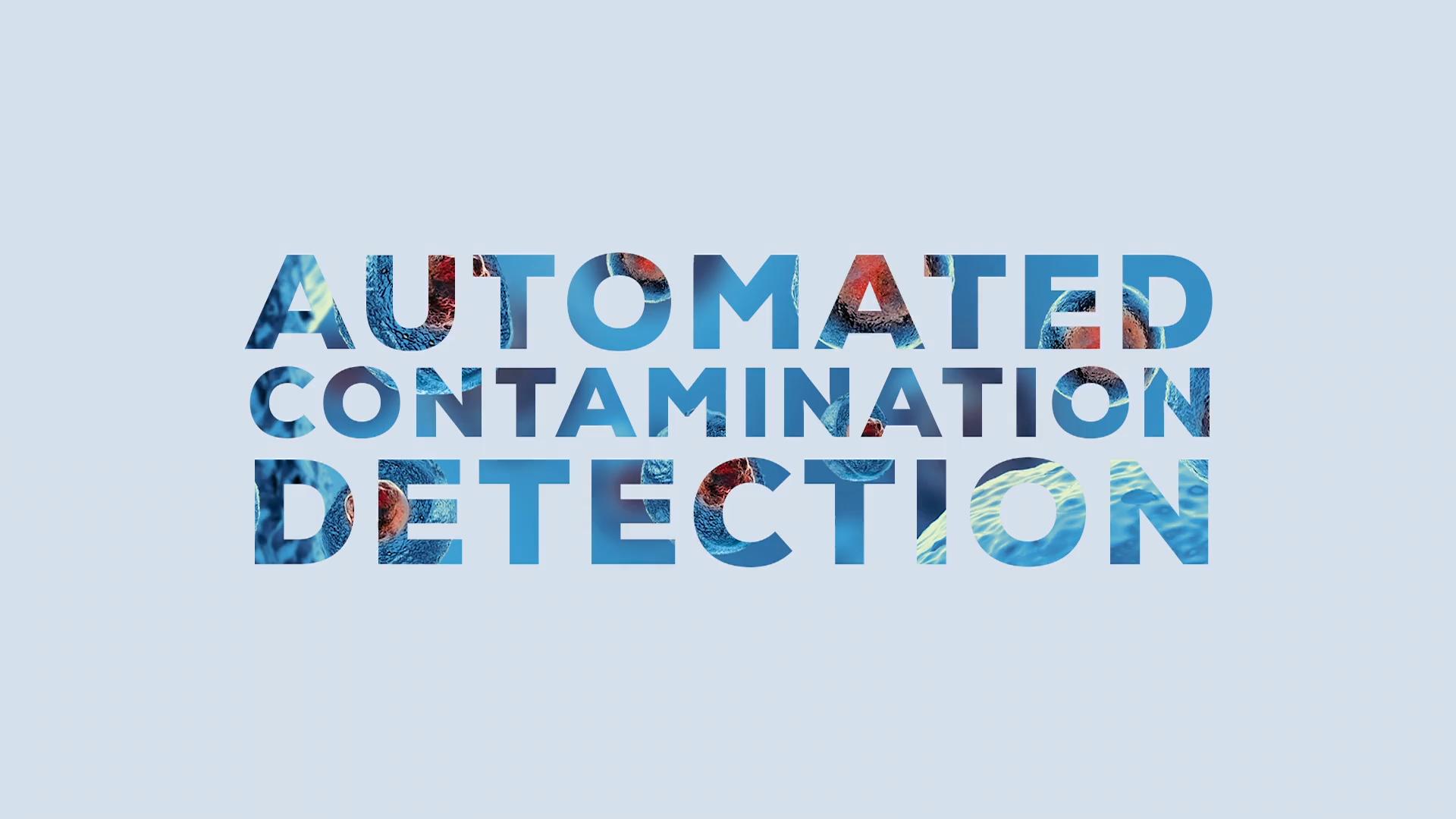The following comes from the Pitt Street Research report last year:
“End markets for Neuromorphic computing are vast and diverse
As compared to conventional field-programmable gate arrays (FPGA), central processing units (CPUs) and GPUs, neuromorphic chips offer improved energy efficiency, reduced latency and, in the case of Akida, have on-chip learning.
Given these advantages of neuromorphic technologies, they have immense potential for application in various end markets, including industrial, aerospace & defence, healthcare, automotive, consumer goods, etc.
According to the ‘Neuromorphic Computing and Sensing 2021’ report by Yole Développement, a leading semiconductor market research firm, industrial applications are expected to be the first to see neuromorphic computing implemented (Figure 15).
This will be facilitated by the low latency of these technologies, coupled with their autonomous and offline learning capabilities.
Notably, BRN is one of the few players in the market, along with Prophesee and Nepes Corp (General Vision Inc.), that already have products targeting this segment, which we believe provides it an early mover advantage.
However, neither Prophesee nor Nepes have on-chip convolution, while both have only very low numbers of neurons.
In terms of the speed at which neuromorphic computing will roll out, Yole has based its conclusions on SNN’s without convolution.
However, Akida has on- chip convolution and can therefore run applications that are in existence today, not 2025 as illustrated in Figure 15.
So, we’d argue that Yole is being too conservative in its forecasts”
My opinion only DYOR
FF
AKIDA BALLISTA
.... now that Brainchip has entered the ASX200..... on the radar of international firms... will BANK of NEW YORK MELLON be purchasing a shipload of our stock today for USA funds to take a mandated position ????





